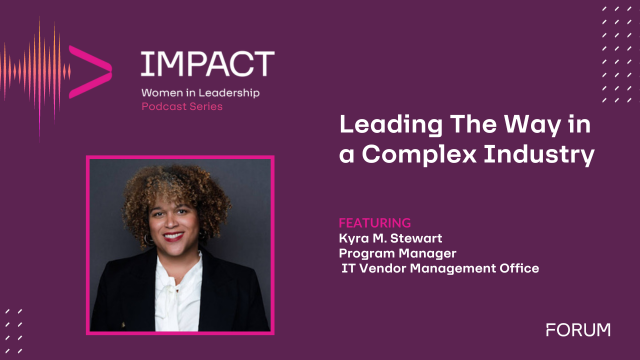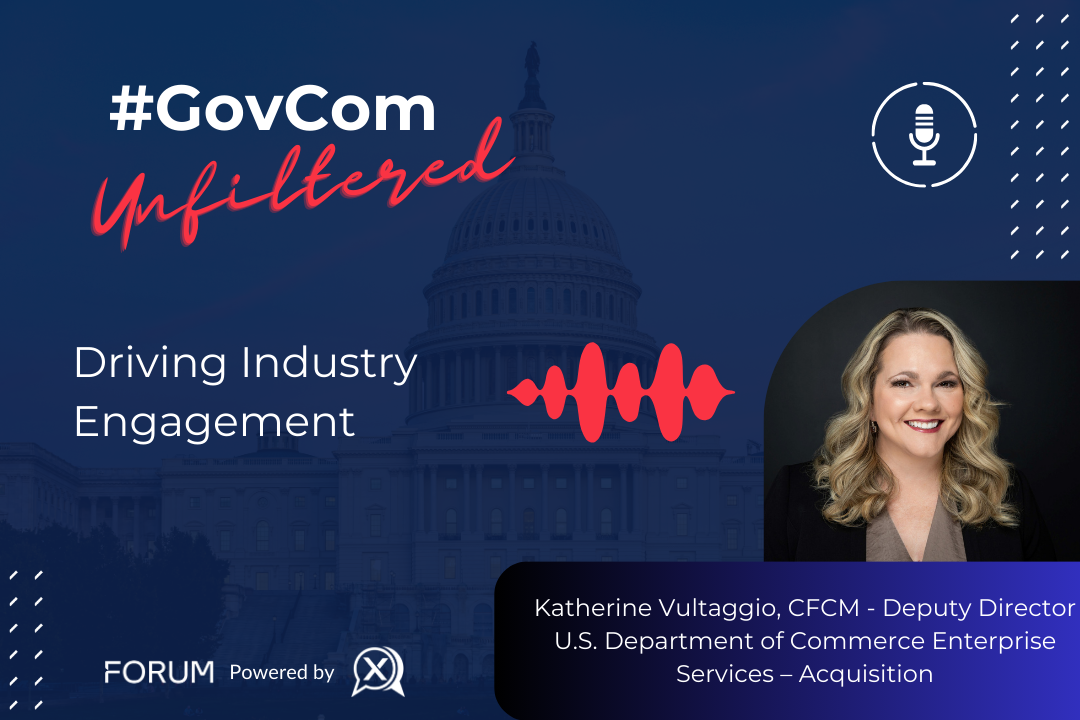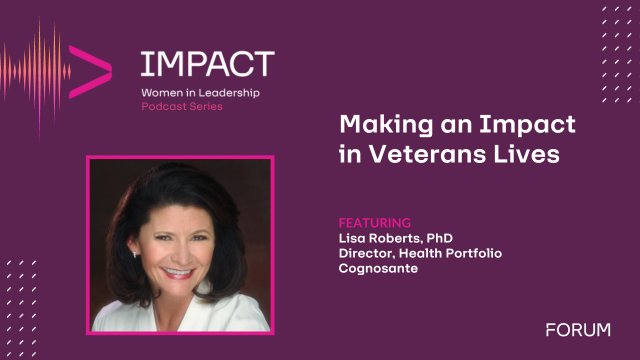This interview with Dr. Rajan Natarajan, President/CEO of Global Alliant, discusses how a company should prepare before they apply for 8(a) status, importance and early challenges for 8(a)s, the significance of culture, starting small and growing fast, and the value of 8(a) to Government.
8(a) is A Game-Changer
8(a) vehicle is a powerful game-changer for the success of many small and minority businesses in the Federal space. Opening the door to 8(a) status gives a business nine years and that time will pass quickly so it is important not to rush to get that certification. Before applying for 8(a), a business should spend at least two years doing market analysis and building past performance, as either a subcontractor or teaming partner, and establishing relationships with both customers and partners.
You must have a demonstrated performance, success in delivery, and examples of proven solutions in order to win contracts. This will mean identifying and partnering with others who value what you bring to the table, and who will ensure you are getting the experience you need through any joint effort. It is also valuable to identify, ahead of time, a company that may be ready to exit 8(a) that you can learn from and partner with.
Early Challenges for 8(a)s
Some teams will leave 8(a) without having won a single contract, perhaps in part because they believe their status will alone be enough to win for them. Remember, 8(a) is an important vehicle to meet procurement/contracting goals, not a technical solution for the program side. This means it is essential to connect to a solution first by reaching the technical program sides with appropriate past performance, a unique value proposition or solution, and then perhaps 8(a) status can be what pushes the door open further.
One of the major challenges is to identify the right 8(a) opportunities to bid. Before you bid, you must look at all of the requirements being sought, and you must be picky about what you choose to invest in capturing and bidding. We use an internal scorecard that factors in understanding minimum qualifications, customer expectations, relevant past performance, teaming – with the right companies – and price. Without at least a 70 percent suitability score, we will not even attempt a bid. Responding to suitable RFIs is a great chance to direct market your capabilities to appropriate program managers.
Mentorship
Getting a first win is always a challenge. A mentor-protégé relationship, leveraging the experience of a team that can guide you in the proposal, and capture, can be a great way to avoid simply looking at status as a bid component. It can be difficult to find good partners but start with 8(a)s nearing graduation, look for mentors that are respected in the industry or those who may have solutions you can augment. Developing relationships with various partners and learning from the unique insights each has to offer will go a long way in expanding your knowledge base.
Distinguish Yourself
Have a destination agency in mind but focus on a few smaller customers within that larger agency first. These smaller agencies may be your opportunity to build past performance, to better understand your focus agency so when the time comes, you can bid on those bigger projects.
When you are engaging with potential customers it must be your technical capabilities that are the focus. A teaming partner may be interested in your 8(a) status but if you have nothing to bring to the table that they can leverage, no capability that you will be able to implement, you gain nothing towards building your own future. Always choose partners that give you that opportunity to show and complement what you can do.
Invest time doing your homework and market analysis so you can speak to your potential customer’s need, understand policy changes they may be dealing with, and past projects they have undertaken that either succeeded or did not. In that 30-minute presentation, you need to establish why you, and what you know that others may not. Every presentation should have a takeaway that is unique to the program at hand.
Planning to Grow
While nine years is a long time, do not wait the full time to graduate, and instead, look to win a big contract within the first few years so you can grow out of the program and compete across the greater marketplace. Remember, 8(a) is intended to be a door that opens to provide opportunity; it is not a sustainable way of maintaining a business since it has a ceiling limitation of annual revenue.
Develop robust solutions that will help you grow, target a few agencies that will allow you to prove what you can do best, then expand and grow. Building a healthy and lean pipeline with winnable 8(a) opportunities that are 12 to 18 months out is important to maximize your chances to win.
Culture Can be Key
Every contact, in industry and in Government, may ask about company culture and that culture is key in ensuring you hire and retain talented, dedicated people.
We consider our employees as problem solvers and that their mission is to ensure complete customer satisfaction. There is a balance that must be achieved between customer focus – our amazing customers and what they need and want, and employee focus – our amazing employees who we want to feel empowered and heard and valued. The satisfaction of both must come first and then the profit will follow.
We look at our team as a family, not employees. That means really hearing them, looking to solve problems internally and externally so when they are working, they are focused on where they need to be. We also want to ensure we are always compensating people for what they need and deserve. Culture is critical. It is how you keep employees and keep your customers happy. Listen to your team; provide mentors who can share feedback, positive and negative, so they can grow; and always be willing to ask them – as a business owner, what you can be doing better and areas of improvement. Listen, Learn, and Lead is our tagline.
Suggestions to Government
It is great seeing that agencies continue to look for opportunities to increase small business goals and participation in the projects set aside for large businesses. Many believe it is the small businesses that deliver projects successfully under budget or that over-deliver on what was promised. Agencies that invest in small businesses typically will find themselves further ahead.
Market studies and proof of concept projects are a great way to further engage small businesses and open the doors for solutions-based prototypes and the integration of emerging solutions that should be explored more often. Considering the team’s past performance can boost small business participation and also deliver better solutions.
Suggestions to Industry
As you grow your company, it is important to invest – in the right people, processes, technology, certification, infrastructure, and skill development. That investment – in your people and your capabilities – will be key. You must continue to challenge and inspire them, show them they are appreciated, to set them up for growth and advancement. When you have a strong culture, when your team is happy, you can rest well knowing they are making your customers happy.
About Rajan Natarajan
 Dr. Rajan Natarajan, a tech entrepreneur, biotechnologist, and public servant, is the Founder & CEO of Global Alliant, which has become award-winning Healthcare IT firm. He has more than 30 years of combined experience in Information Technology, Healthcare IT, bioinformatics, clinical applications, emerging technologies, software applications, improving business process automation, digital transformation, and achieving enterprise operational efficiencies.
Dr. Rajan Natarajan, a tech entrepreneur, biotechnologist, and public servant, is the Founder & CEO of Global Alliant, which has become award-winning Healthcare IT firm. He has more than 30 years of combined experience in Information Technology, Healthcare IT, bioinformatics, clinical applications, emerging technologies, software applications, improving business process automation, digital transformation, and achieving enterprise operational efficiencies.
About Global Alliant
Global Alliant (GA), is a fast-growing 8(a) IT and software technology development company based in Maryland. GA has gained more than 12 Government customers within 3 years of its inception. As a CMMI Level 3, ISO: 9001 and ISO:27001 certified company, GA has become a leader in Health Analytics, Agile Development, DevSecOps, Human-Centered Design, Enterprise Infrastructure, AIOps, RPA, and Cloud modernization. GA’s R&D team has developed multiple innovative solutions in the areas of RPA, cybersecurity, and data analytics. GA transforms business challenges into innovative and cost-effective solutions by building a team with the right people with the right solutions to “Deliver IT Right”. Our goal is simple-we successfully meet this objective by integrating the right solutions with the right experts at the right price. Our commitment to our clients is unparallel.












